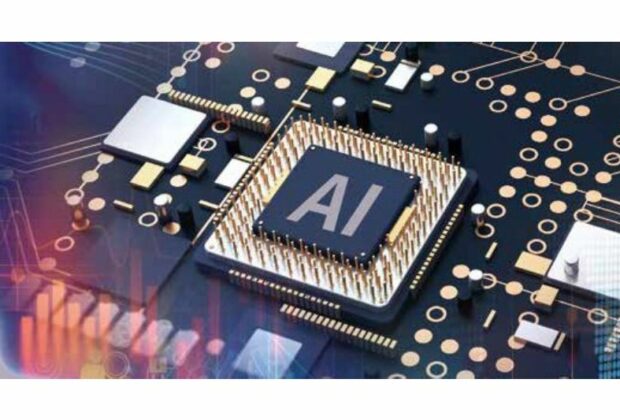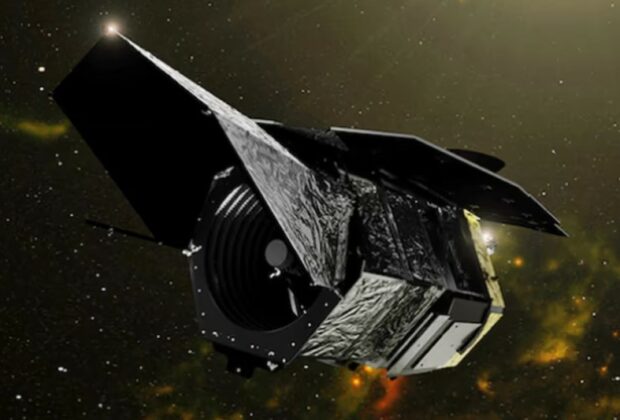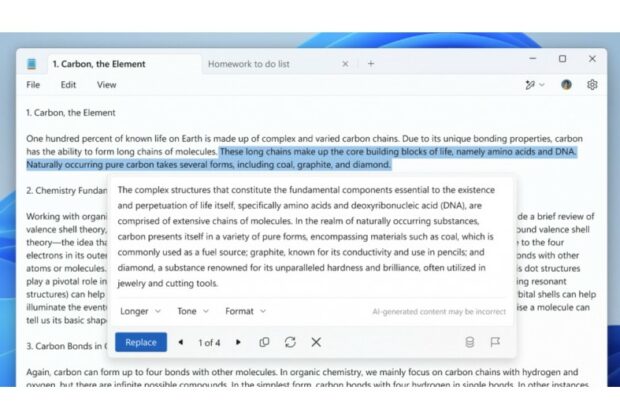Pre-seed fundraising for Ruhr-based Gemesys, which is creating chips that “mimic the behaviour of the human brain” has totaled €8.6 million. It intends to use the funds for research and development as well as to more than double its workforce.
The round was led by Atlantic Labs and Apex Ventures, with Plug and Play, Sony Innovation Fund, and NRW.Bank joining them. A grant from the German government, which supports research-based businesses through its EXIST “transfer of research” initiative, was also included in the round. Dennis Michaelis, the CEO, refrained from commenting on the allocation of grant and equity financing.
What is the role of Gemesys?
Gemesys is creating chips that enable AI models to be trained and operated directly on gadgets such as hearing implants and smartphones. This lowers the energy consumption related to conventional model training and does away with the requirement to send any raw data to a data center.
Memristors, electrical components that enable artificial neural networks to mimic biological synaptic functions (the way the human brain processes and acts on information), are at the heart of the company’s technology.
According to Michaelis, memristors offer the possibility of creating a “neuro-inspired type of computer.” He goes on to say, “The human brain is the best intelligence processor that we know, a million times more efficient than any AI chip on the market.”
Michaelis tells Sifted that a brain-inspired chip could help overcome a significant obstacle in AI training. He claims that the separation of data processing and storage on the chip limits the capabilities of the current semiconductor architecture. “Whenever you want to do a computation you have to read the data from the memory, load it into the processor, compute and then write the result back. The problem is you have to shift data along at every step,” he argues. This data transfer consumes more energy than is necessary to finish a task and slows down response time.
According to Michaelis, “Such a bottleneck doesn’t exist in the human brain,” “It’s not separated into two units […] it all happens in the same place.”
There may be two primary advantages to Gemesys’ chips. One is that they lessen the role of data centers by lowering the energy consumption linked to AI by handling the majority of the work on the device. According to Goldman Sachs research, the AI boom will lead data centers’ power demand to rise by 160% by 2030, increasing their share of the world’s power demand from 1% to 4% as present.
They also seek to improve data privacy for users, which is an advantage. No raw data has to be sent to the cloud because the model is trained and run locally.
Michaelis states, “You can design models that are a lot smaller and have fewer parameters to do the same task,” “We’re aiming for 10k times less energy use.”
The chip architecture is based on research that Michaelis and Enver Solan, one of the company’s cofounders and chief scientific officer, conducted at Ruhr University Bochum in Germany. Daniel Krüger, the company’s CTO, and Moritz Schmidt, its CFO, are also cofounders.
Jamie Urquhart, a cofounder and former COO of Arm, and Dr. Christian Wenger, a professor of semiconductor materials at Brandenburg University of Technology, serve as consultants to the company. Ion Hauer from Apex Ventures, Massi Ali Ahmadi from NRW.Bank, and Quentin Calleja from Atlantic Labs comprise its board.
How is it going to generate revenue?
The company intends to launch using a business strategy akin to that of Arm, the massive semiconductor maker. After designing its chips itself, it will contract with semiconductor producers like TSMC to handle manufacturing. Because its chips are used in their goods, it aims to sell to original equipment manufacturers like Siemens, Apple, and Bosch.
At the moment, Gemesys has three pilot clients: one in the energy grid industry, one that develops cochlear implants, which are electronic devices that aid the hearing of the deaf and hard of hearing, and one that handles security. According to Michaelis, use cases are applicable to any business developing IoT devices.
What comes next?
Gemesys intends to increase its workforce from 19 employees by more than double in the coming years. In its research, idea, and hardware development teams, there are seven vacancies. According to Michaelis, hiring will be the business’s “biggest expense” over the coming years.
In Europe, it might be difficult to attract talent, particularly for businesses who want the top employees to work on chip hardware. They are often centered around the largest chip manufacturing facilities, which are presently located in Asia and North America, according to Michaelis.
However, Michaelis says there shouldn’t be any issues with the company’s primary hiring needs, which are in its software team. “We have a lot of great computer scientists in Germany, and in Europe,” he claims. “That’s really good.”
Read Full Article













